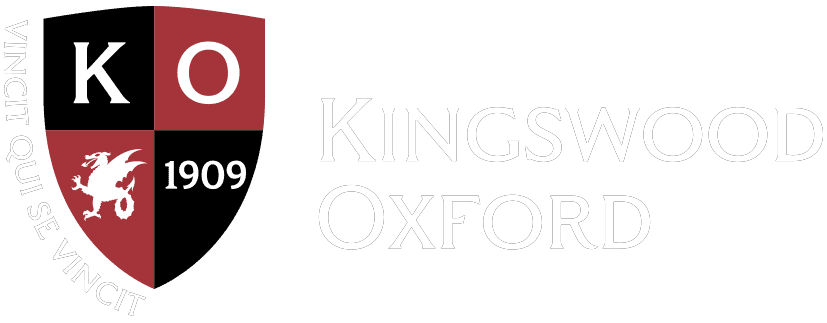April 10, 2024
Achieving Spanish Fluency in Both Language and Culture
by Juan Martinez
Chair of the Upper School Classical
and Modern Languages Department
When students arrive in my Spanish 5 class, they’ve already achieved impressive proficiency in reading, writing, and speaking Spanish. My goal for the year is not only to increase their ability to comprehend and converse in the language at a level approaching fluency, but also to expose them to political, social, cultural and economic issues currently affecting the Spanish-speaking world.
To accomplish both goals, I have utilized various resources, including Spanish-language films, classroom talks by recent graduates fluent in Spanish, and conversations in person or online with prominent Spanish-language authors. These opportunities spark engaging and hard-hitting classroom discussions entirely in Spanish, enabling students to practice their speaking and listening skills while also exploring fascinating topics and issues that engage their interests and emotions.
Film Documentaries
Our class watches a wide variety of Spanish-language films, including:
• “Fernando Nation” – This documentary traces the life of Fernando Valenzuela, a Mexican who became a star pitcher for the Los Angeles Dodgers, leading them to two World Series championships and inspiring the Latino community across the United States.
• “Brothers in Exile” – This ESPN documentary tells the incredible story of the two half-brothers Livan and Orlando “El Duque” Hernandez, who risked their lives to escape Cuba and became star pitchers for Major League Baseball teams in the U.S. Livan was chosen World Series MVP for the Florida Marlins in 1997, and Orlando helped lead the New York Yankees to three consecutive world championships from 1998 to 2000.
• “Chavez Ravine: A Los Angeles Story”—Filmmaker Jordan Mechner shows how the three thriving, closely knit Mexican American communities that once stood atop a hill overlooking Los Angeles were razed to make way for Dodger Stadium. It exposes the deception, greed, and heartlessness that displaced hundreds of families and destroyed three thriving communities.
Alumni Speakers
Several graduates of our school who have achieved fluency in Spanish through experiences in Spanish-speaking countries have visited our class to talk informally in Spanish with students. They include Manny Tulimaris ’09, who studied international business and lived in Argentina; Christopher Kasprak ’08, who studied overseas in Salamanca, Spain; and Rudy DeBerry ’13.
During these lively, question-and-answer conversations, the alumni described their experiences abroad and explained how their Spanish courses at KO provided them with the platform for their mastery of the language. These discussions not only provided students with insights into Spanish-speaking cultures but also exposed them to the range of experiences that speaking Spanish can open up for them. As a teacher, I have always taken great satisfaction and joy in seeing my former students serving as role models of fluency for my current students.
Conversations with Authors
Another inspiration for my students has been engaging in conversations with prominent Hispanic writers. Several years ago, for instance, my students read short stories by the Mexican-American author Francisco Jiménez, a professor of modern languages at Santa Clara University in California.
Dr. Jiménez immigrated with his impoverished family from Mexico to California, where, as a child, he worked in the fields. Much of his fiction and non-fiction is based on those experiences. After viewing a video of my students discussing his short stories, Dr. Jiménez spoke with the students via speakerphone and answered questions about his work.
We also read novels, such as “La Guerra Sucia,” a story set in Argentina during its dictatorship from 1976 to 1983, and short stories by the Colombian author Gabriel Marquez and other Latino writers.
Climate Change and Sustainability
Our class also examines how parts of the Spanish-speaking world are being affected by climate change. We study this issue by watching short Spanish-language films and documentaries that describe the effects of a changing environment and rising sea levels in towns in Mexico and Honduras and how desertification has brought the Atacama Desert to Santiago de Chile’s doorstep.
Then, we research what is being done to minimize the impact of climate change, how people in these areas are adapting, and how cities around the Spanish-speaking world are leading the way in changing and evolving into more sustainable towns and communities.
A Wider Perspective
These varied experiences, all conducted in Spanish, are designed to give students a broad perspective on the Spanish-speaking world, expose them to its diverse personalities, stories, and themes, and enrich their understanding and appreciation for Spanish culture. As a teacher, I seek to prepare and inspire my students not only to achieve fluency in reading, writing, and speaking Spanish but also to savor the richness, variety, and joy of the Spanish-speaking world.
Thinkers
Blog Main News
